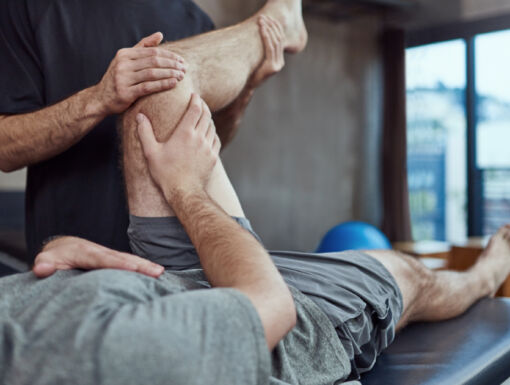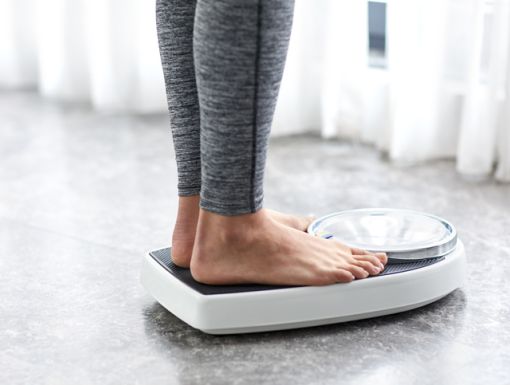
How to Choose the Right Pair of Running Shoes in 2025
Picking the right pair of running shoes is important for everyone, from experienced runners to beginners. With so many styles and new features out there, it can feel like a challenge to decide. But the right shoes can make running more comfortable and help prevent injuries. This guide will walk you through how to find a pair that fits your needs, whether you’re training for a race or just jogging around your neighborhood.
What kind of running shoes do you need?
Start by thinking about your goals, your feet and where you run. Ask yourself:
• Are you training for long-distance races like marathons?
• Are you new to running?
• Do you mostly run on roads, trails or tracks?
If you run long distances, look for shoes with good cushioning and support. If you're just starting out, choose shoes that are comfortable, durable and work well on different surfaces.
You should also think about your foot type. Do you have flat feet, high arches or something in between? This affects the kind of support you need. A simple "wet test" can help you figure out your arch type. Just wet your foot, step on a piece of paper and look at the shape of your footprint.
Also consider where you usually run. Trail shoes have strong grip and thick soles. Road shoes are lighter and more flexible for smooth pavement. Matching your shoe to your running habits helps you stay safe and perform better.
If you’re mixing surfaces, like switching between grass, gravel and pavement, you may want to own more than one pair of shoes.
Some runners keep a sturdy trail pair for weekend hikes and a lighter pair for weekday jogs. Rotating shoes also allows time for each pair to dry and rebound, which helps them last longer.
What are the parts of a running shoe?
Knowing the main parts of a shoe can help you choose the best pair.:
- Upper: This is the top part of the shoe. It should be soft, light and breathable to keep your feet cool and comfortable.
- Midsole: This is the layer in the middle that cushions your steps. Some shoes are soft and bouncy. Others are firm for more control.
- Outsole: This is the bottom of the shoe that touches the ground. Trail shoes have rough bottoms for grip. Road shoes have smoother bottoms to help you move easily.
You should also think about the heel-to-toe drop, or the difference in height between the heel and the toe. A lower drop feels more natural, but if you’re not used to it, switch slowly to avoid injury.
What is a gait analysis?
A gait analysis looks at how your feet move when you run. It helps you choose shoes that match your stride and support your feet the right way. Most runners fall into three groups:
- Neutral gait: Your foot lands evenly and rolls slightly inward.
- Overpronation: Your foot rolls too far inward.
- Underpronation (supination): Your foot rolls outward.
You can check this at home by looking at the wear on your old shoes. But for the best advice, visit a running store for a professional gait check. They may use video or special tools to look at how you move. This helps you pick the best shoe for your stride and lowers your chance of getting hurt.
If you're unsure, don't be afraid to ask questions. Staff at running stores are trained to guide you. Many runners are surprised to learn that a simple change in shoe style can fix years of discomfort or help them run longer with less effort.
Should you try running shoes on before buying a pair?
Yes. Always try shoes on before you buy. Shoe sizes can be different between brands, so don’t just guess based on your normal shoes. When testing a pair:
- Wear the same socks you use when running.
- Your heel should feel snug but not tight.
- The middle of the foot should feel supported.
- Your toes should have about a half- inch of space at the front.
Running shoes should feel good right away. If they pinch or rub, they’re not the right fit. You shouldn’t need to “break them in.”
Try walking or jogging a few steps in the store. Some shops even have treadmills or small tracks so you can test how the shoes feel in action. A few extra minutes of testing can save you from soreness later.
What running shoe features matter most in 2025?
Today’s best running shoes use smart materials and designs to improve your run. When shopping, look for:
- Cushioning: Choose shoes that soften impact and help protect your joints.
- Weight: Lighter shoes help you move faster and reduce tiredness.
- Breathability: Look for mesh or airy fabrics that keep your feet dry.
- Traction: Pick shoes with good grip, especially if you run on wet or uneven ground.
Think about what features match your needs. Comfort, support and durability all matter when you run often.
What are tips for picking the right pair of running shoes?
There are lots of choices, so take your time. Compare brands and prices. Read reviews and ask other runners what they like. Also:
- Look for signs your old shoes need replacing, like worn soles or loss of support.
- Join a local running group or online forum to get more tips.
- If running hurts, talk to a doctor or specialist. They can help you stay healthy and on track.
Buying online? Be sure to check the return policy. Some companies allow you to test shoes for 30 days and send them back if they’re not the right fit. This gives you peace of mind while shopping from home.
Why do having the right running shoes matter?
The right pair of running shoes helps you run longer, stay safe and enjoy your workouts. Think about your goals, foot type and where you run. Try on different pairs and focus on comfort and support.
When you invest in good shoes, you protect your body and feel more confident. Running should feel good, not painful. If you need help, schedule a visit with an orthopedic specialist. They can help you stay strong, safe and ready for the miles ahead.
Injured while running or just want more running tips? Schedule an appointment with an orthopedic specialist today.



